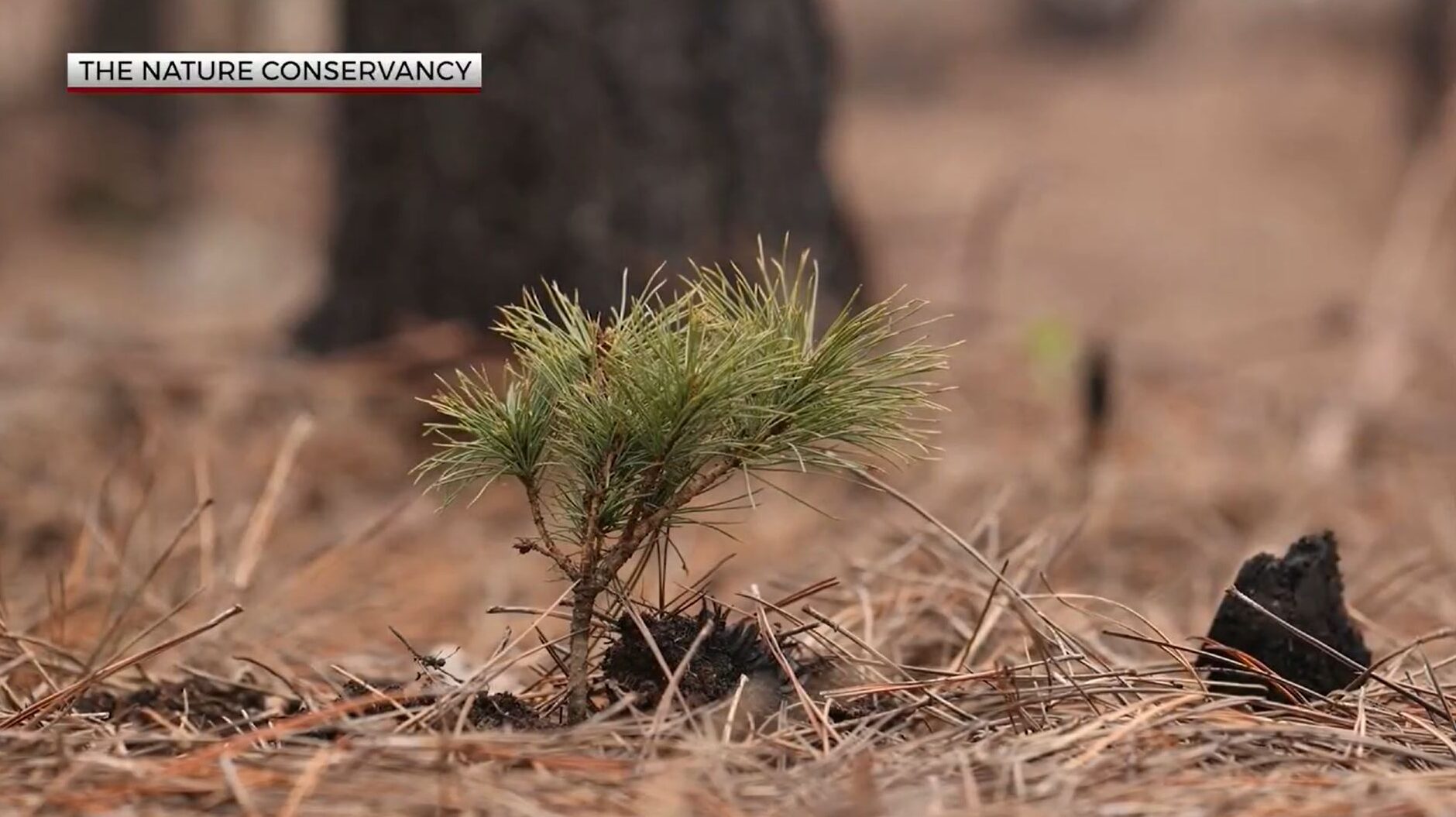Tree-planting effort underway in aftermath of Greenwood Fire
[anvplayer video=”5140308″ station=”998122″]
In a portion of northern Minnesota damaged last year by a wildfire, there’s a new effort to cultivate growth.
On Aug. 15, 2021, a lightning strike sparked the massive wildfire in Superior National Forest. The Greenwood Fire then spread, fueled by extreme drought conditions and high winds.
The fire burned over 26,800 acres, including nearly 9,600 acres of federal public lands. Roughly 48% of the burn occurred on over 12,900 acres of private lands, destroying approximately 70 homes, cabins, and structures.
KSTP’s complete Greenwood Fire coverage
In October of last year, 5 EYEWITNESS NEWS reported drone video of the area showed exposed soil mixed with ash and other debris. View that video via the player below.
[anvplayer video=”5064591″ station=”998122″]
Now, Hubbard Broadcasting sister station WDIO-TV reports that although it can take decades for mature trees to grow back after a fire, there are signs of forest recovery.

(Courtesy: The Nature Conservancy/WDIO-TV)
WDIO reports that in March this year, the Forest Service harvested forest products killed by fire on the Kawishiwi District. The Nature Conservancy then planted 150,000 trees across 300 acres of Forest Service, state, and county-managed lands in the spring.
“We’ve already seen a lot of shoots of Aspen,” The Nature Conservancy Resilience Forestry Manager Chris Dunham told WDIO. “They’re coming up pretty strong and are balsam poplar. I saw some black-backed woodpeckers here the other day.”
WDIO reports that reforestation after a fire as large as the Greenwood Fire also gives The Nature Conservancy a chance to help the forest by planting diverse species.
“Our forests have been simplified over time,” Dunham explained to WDIO, “Historic logging was really focused on extraction rather than stewardship of the natural resources, and then we’ve had just follow-on effects from that historic logging, lack of seed source. Then, that leads to a simplified forest, and a simplified forest is a vulnerable forest. If you look out and you only see one or two tree species that are featured on the landscape, then that forest is going to be in trouble if something wipes out one of those species. So, we look at especially a situation like the Greenwood Fire, we’ve got this opportunity now to change the trajectory and reintroduce some of those important species like white pine that might be projected to do well with the future climate.”
WDIO reports that other renewal efforts include the Minnesota Moose Habitat Collaborative project, improving forestry along Highway 61, and working on trout streams in North Shore watersheds.
“Despite the challenges with climate change, the challenges that we face in the forest, we do have those partnerships in place and we have the expertise to really try to tackle these at a large scale,” Dunham told WDIO. “There are certain things that we know that we can influence, and we’re going to continue to do that. And we’ll be out here next year planting more trees.”